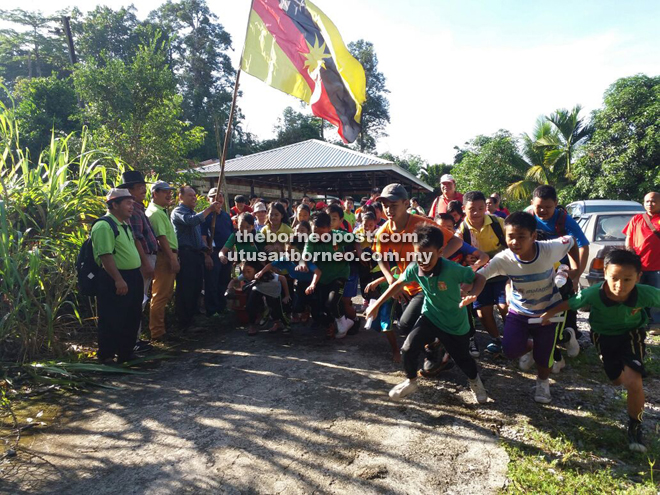
Henry flags off the Jagoithon, with Ik Pahon on his right.
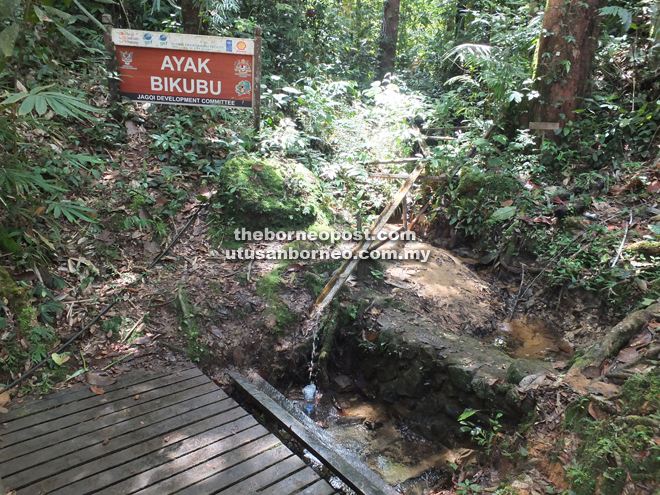
Hikers can stop by the gravity-feed water fountain for a cool and refreshing drink before going up the final flight of cement stairs to the village at the top of Bung Jagoi.
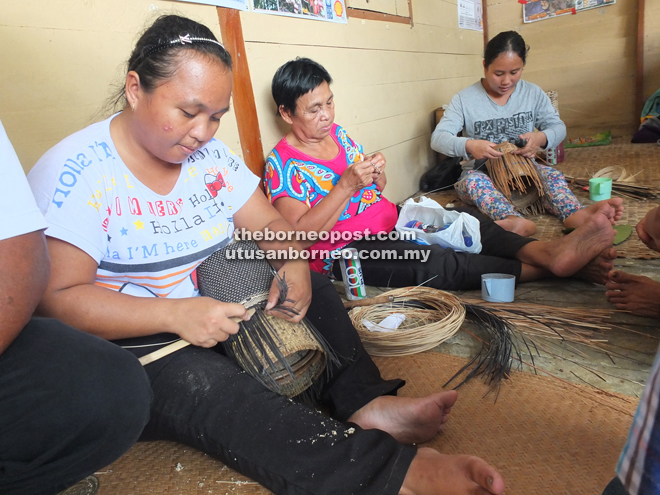
Weavers make the traditional woven handicrafts that the community is well-known for.
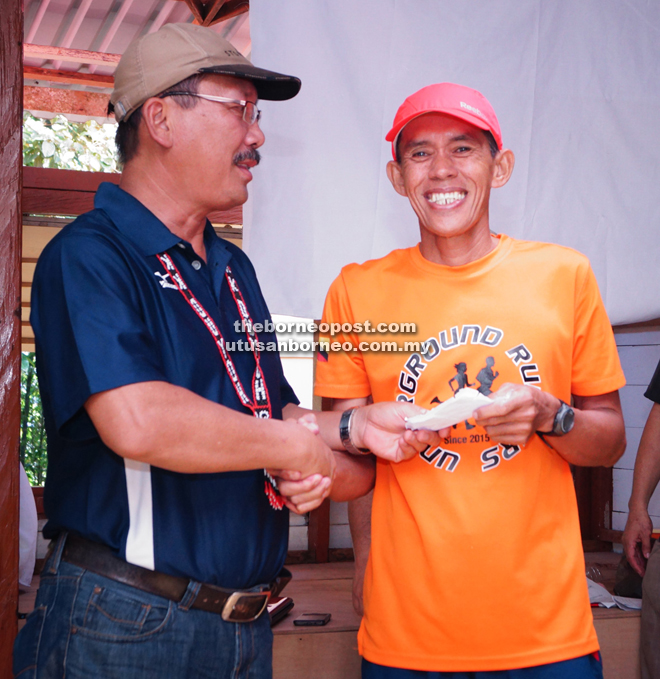
Gabriel (left) presents the prize for the winning of the Jagoithon Men’s Veteran category.
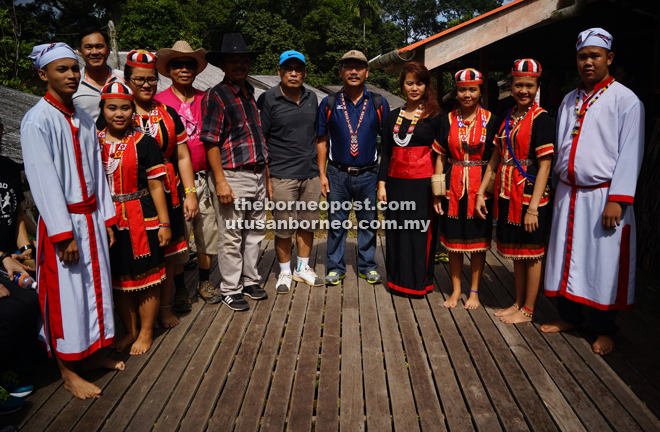
Gabriel (fifth right) with fellow committee members and dancers at the community house that is hosting the event.
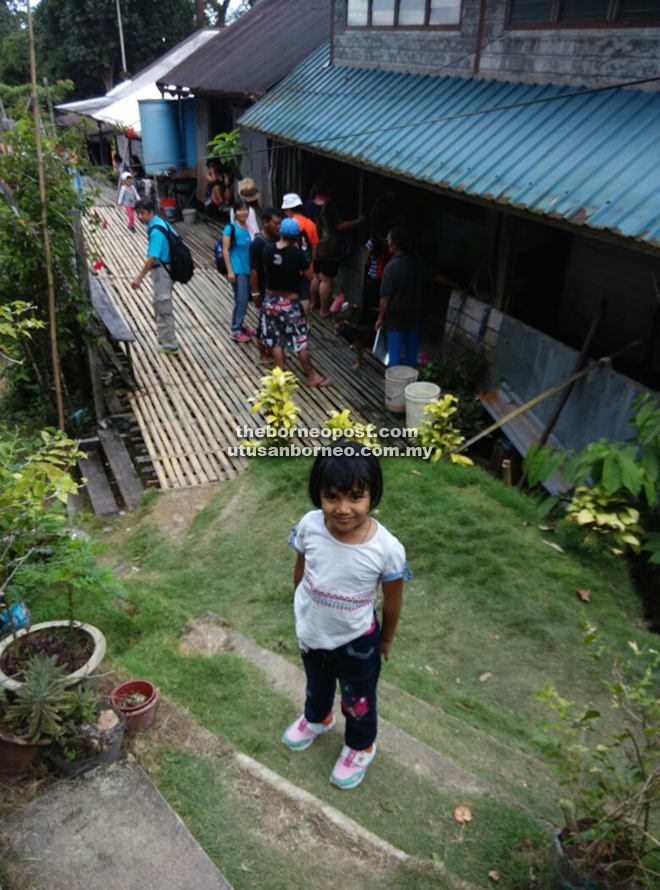
Little Li Jing poses for the camera upon reaching the village.
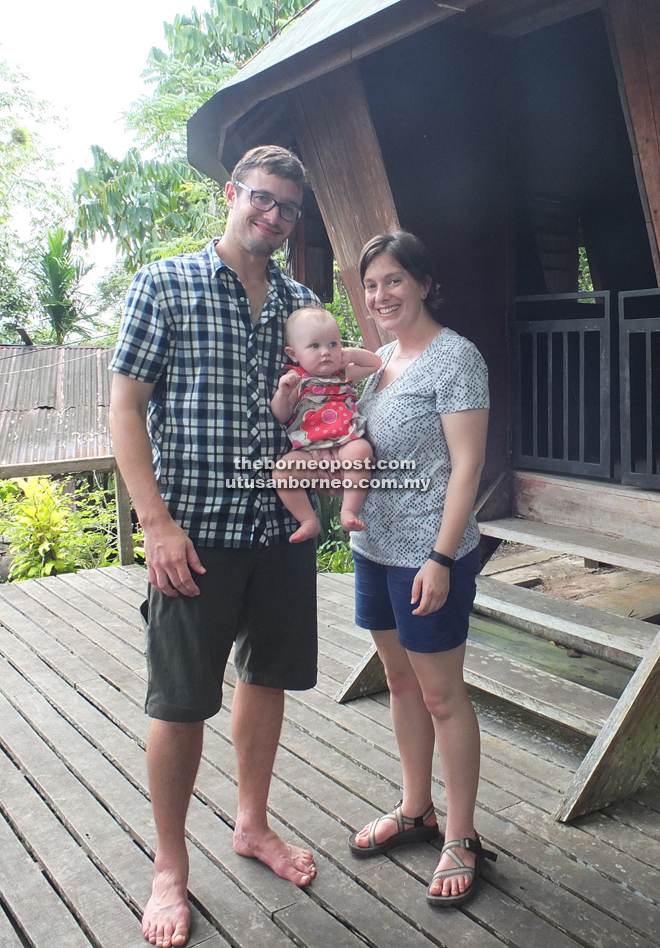
Young, Burruss and their little daughter have their photo taken in front of a ‘baruk’ — traditional Bidayuh ‘skull’ house.
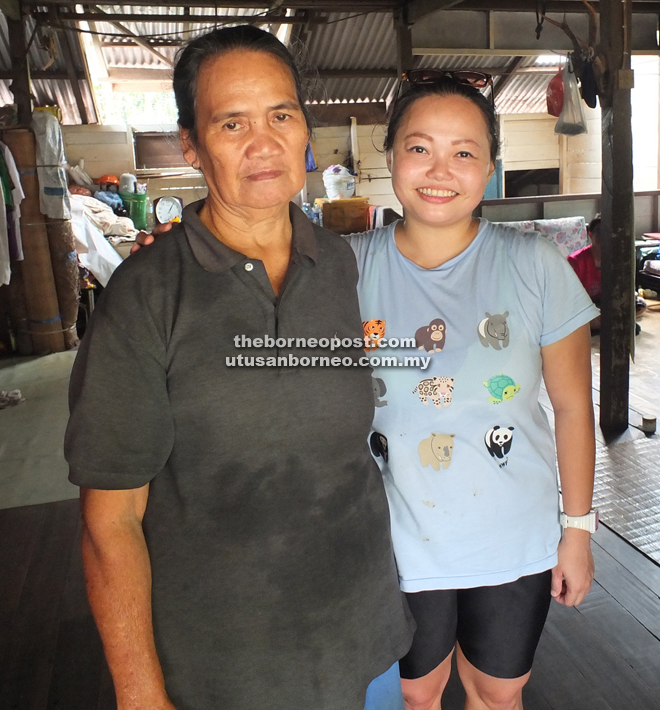
Jema (left) with Ng at her family home on the mountain-top.
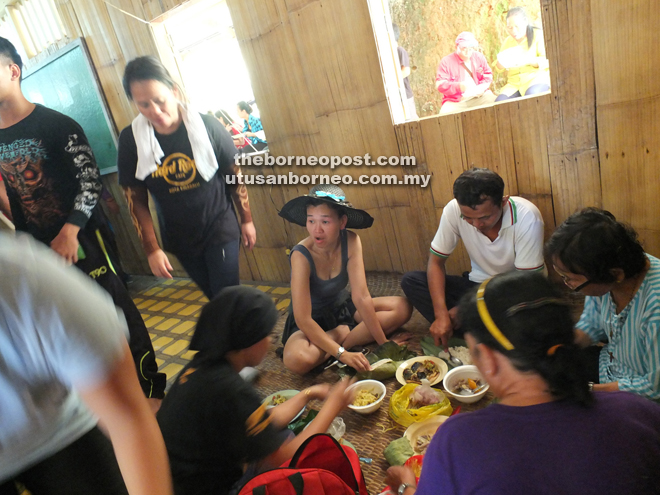
Participants help themselves to the delicious traditional Bidayuh food during lunch.
KUCHING: The Jagoi Bidayuhs celebrate Bung Jagoi Day annually to remember their heritage as they all originated from one village – Kampung Jagoi Gunung in Bau.
According to Jagoi Area Development Committee chairman Gabriel Tonga Noweg, the Jagoi Bidayuhs of today have parents or grandparents who migrated from the mountain-top village to the areas around its foot, namely the five villages in Lundu and six in Kalimantan, Indonesia.
The main villages at the foot of the mountain are Kampung Duyoh, Kampung Serikin, Kampung Bogag, Kampung Stass, Kampung Skibang, Kampung Sibobog, Kampung Seputieng, Kampung Pinomu and Kampung Serasot.
“We come up the mountain to Kampung Jagoi Gunong to celebrate our roots. We have been doing this annually since 2012, so this is the fifth celebration,” he said when met on top of the mountain on Saturday.
“We celebrate it to remember our heritage, and what our forefathers had to go through in the past. It is also to promote solidarity amongst us Jagoi Bidayuhs, who have scattered around to the three areas.”
Gabriel said some 350 people took part in the event – an indication that the heritage area had begun to gain popularity.
The organiser hold many activities held on that day, including the Jagoithon Eco Run, traditional Bidayuh dance performance, handicraft demonstration, launch of a book on ‘Jagoi Heritage’, screening of a short film on Bung Jagoi conservation, traditional Bidayuh lunch and the premier screening of ‘Gawea Guna/Gawea Ma’an Tikurouk’.
The ‘Jagoithon’ was flagged off by Tasik Biru assemblyman Dato Henry Jinep and permanent secretary to Tourism, Arts and Culture Ministry, Datu Ik Pahon Joyik.
The handicraft demonstration was handled by two Indonesian Kinau Jagoi Bidayuhs, who wove baskets and also ‘kasah’ floor mats.
The Jagoi Heritage coffee-table book was co-written by Assoc Prof Alexander K Sayok, Prof Gabriel Toga Noweg and Ik Wadell Ik Pahon. The 90-page publication, which is in English, is available at the Bung Jagoi Information Centre, Kampung Jagoi Duyoh for RM50 each.
There were no rituals performed at the celebration because the elders who used to perform them had long passed away.
The village only has one remaining inhabitant, Jema Nopis. The 69-year-old said she had been living in the village since she was born and decided to stay put, even after everyone else decided to move away.
“I have my two dogs for company. I feel heavy-hearted to leave my family home,” said Jema, adding that she would receive visitors – those wanting to visit the heritage site and also students on field trips – from time to time
Meanwhile, one of the youngest participants Ong Li Jing, aged five, made it up to the village for the first time together with her aunt Alicia Ng. The village was where Li Jing’s grandmother spent her childhood before moving to Kampung Jagoi Pinomu.
American couple Katie Young, 30, and Dylan Burruss, 31, who brought their 10-month-old daughter for the expedition, found the village beautiful – a worthwhile treat after having to endure a steep trek to get there.
“It was quite a steep climb, but the trail was shaded and we made stops to drink in the beauty of the place – we did not feel like we’re being punished. It was our first time here and we got to enjoy the cultural events and try some delicious Bidayuh food,” said Young, who is a Fulbright scholar working with Universiti Malaysia Sarawak (Unimas). She got to know about the expedition from Gabriel.
On Jagoi Area Development Committee, Gabriel said it was set up in 2012 as an ad-hoc committee.
It is registered with the Bau District Office. The committee, of which members include Jagoi village headmen and Jagoi Bidayuhs from various walks of life, plans to register itself with the Registrar of Societies (ROS) soon.
The committee’s focus is not limited to the preservation of the Jagoi culture, but also on the education, general development, youth capacity-building and empowerment for all members of the community.
For further information, visit www.bijagoiheritage.org or follow the committee on Facebook via ‘Bung Jagoi, A Dayak Bidayuh Heritage Site’.
